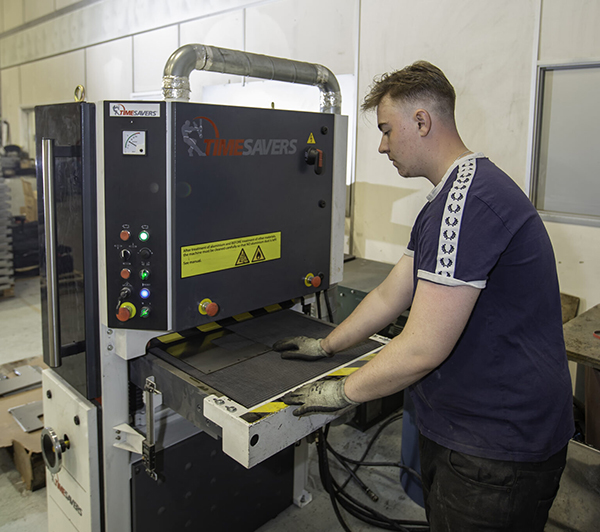Machines from both Walter and Ewag, and nowadays especially Ewag’s Laser Line Ultra and Laser Line Precision models, have consistently proven effective in the manufacture of successive generations of new mobile phones – producing tools from 1.8 to 8 mm diameter to machine the plastic or metal cast housings.

Very often – says Walter Ewag UK, a member of the United Grinding Group – the die-cast moulds are machined using tools produced by Walter Helitronic tool grinders/erosion machines and Ewag laser-based tool-manufacturing machines.
These so-called 3C tools (tools for computer, communication and consumer electronics) also now embrace PCD types. On the Apple iPhone 6, for instance, the bevel on the aluminium housing is machined using PCD profile cutters produced on Ewag laser-based machines. However, on the iPhone X, stainless steel is integrated into the housing frame, so CBN cutters (also produced on Ewag laser machines) are used rather than diamond-coated tools.
With new demands on design and technology, materials such as glass and ceramic are increasingly specified. However, due to their brittleness, hardness and low thermal conductivity, glass and ceramic place particular demands on the tools needed for machining. As a result, Ewag regularly receives customer requests for 3C tools with highly specific geometries – tools that are capable of producing very small internal radii and shoulders, as well as tiny turned parts.
In conventional tool manufacture, such tools would have to be manufactured and assembled from a variable number of parts but, using a Laser Line Ultra machine, for example, they can be produced fully automatically in one set-up.
For further information www.walter-machines.com
























